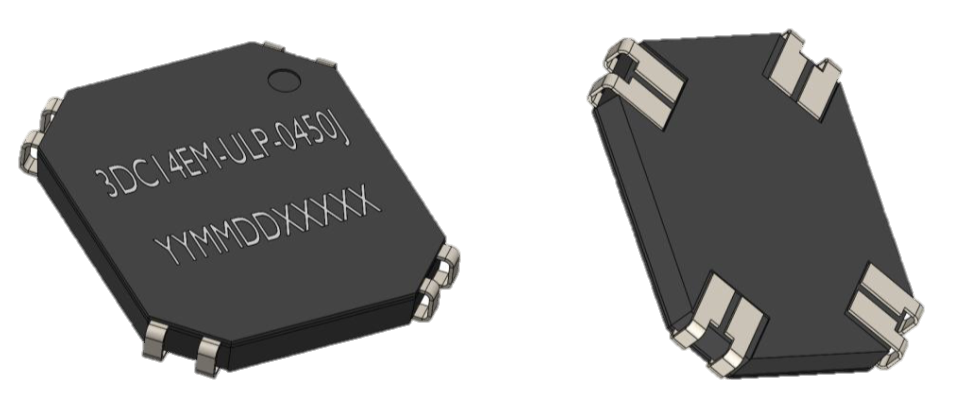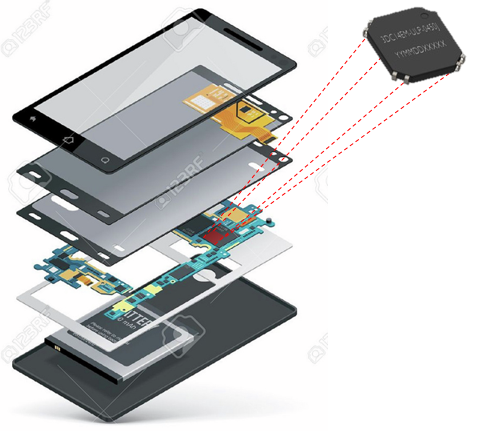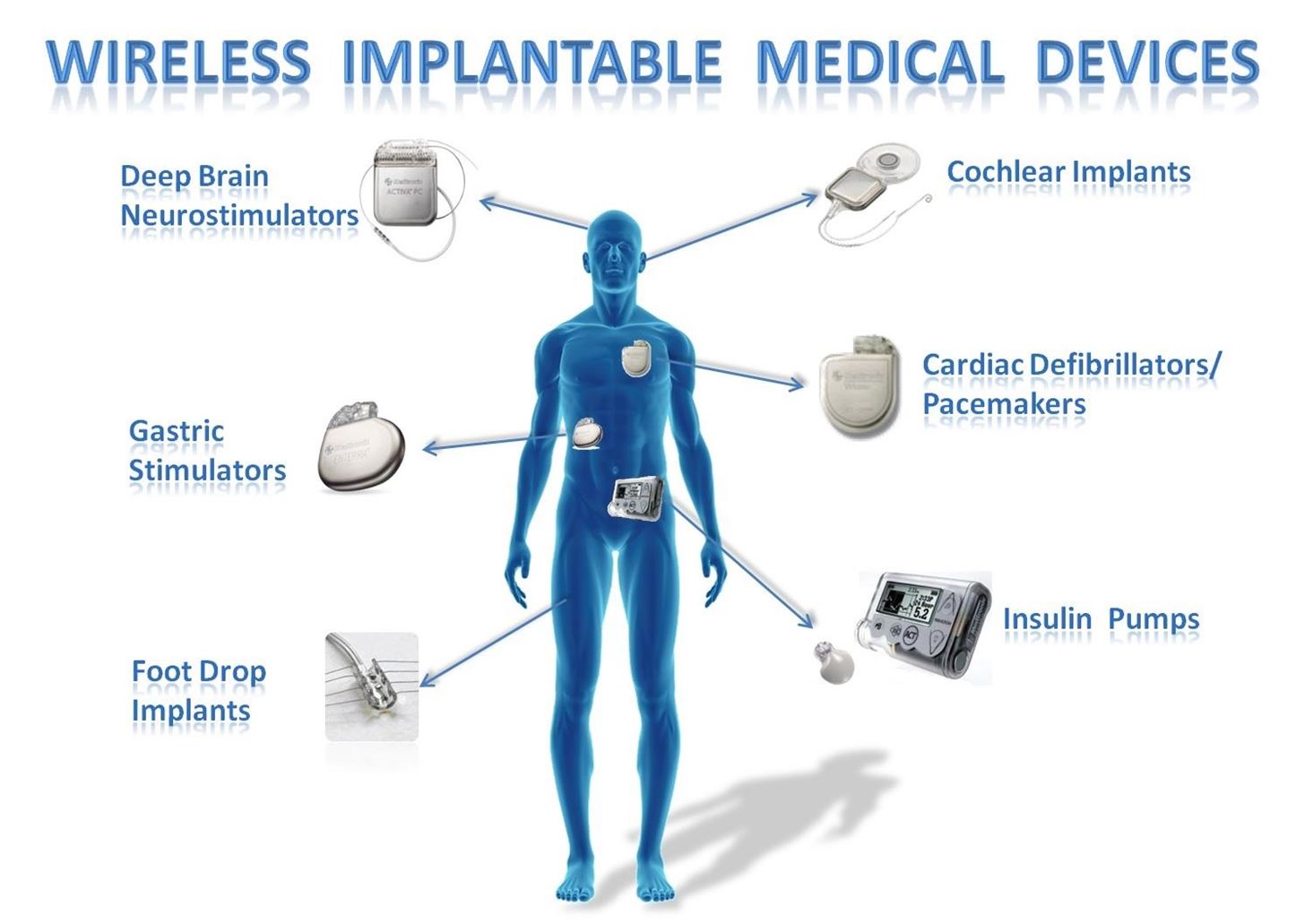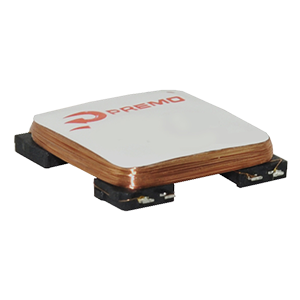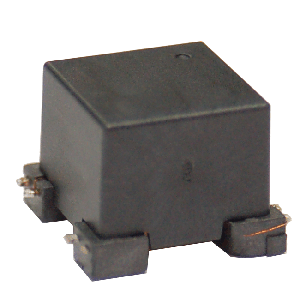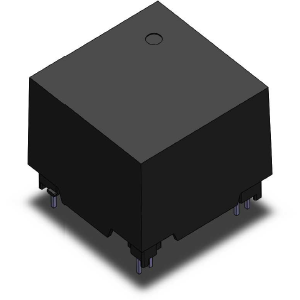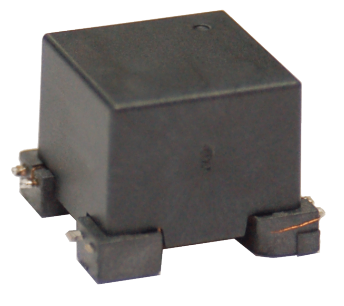Evolution of Mobile Phones
Since the first mobile phone to the current smartphones, these devices have experienced a huge evolution, both in terms of hardware components, software applications, and operating systems. The earliest mobile phones were designed to allow the wireless communications between people located in different areas. Nowadays, technology advances and the possibility of expanding the basic functionality of a mobile phone by installing applications in smart devices allow them to be used almost as a computer.
Activities such as chatting in real time or creating documents and send them by phone were inconceivable in the first era of mobile phone devices. Now these and others even more sophisticated features are standard.
Low Frequency (LF) antennas are one of the current advances summoned to shake the use of smartphone in the near future. These LF antennas ranges typically from 10 to 150 kHz and can generate long-wavelength radar energy, which is able to penetrate up to 50 m or more under certain conditions.
In our previous post, we introduced a wide variety of hardware components available from PREMO to integrate these LF antennas in your systems with many advantages.
One of these components to be integrated in smartphone and mobile devices is the 3DCoil ULP.
This component has a very small size of 14 mm x 12 mm x 1.65 mm, low frequency isotropic magnetic field (with a range of 10 to 150 kHz, as mentioned above) and the suitable inductance (7.2 mH/ 7.2 mH/ 4.5 mH) and sensitivity (70 / 75 / 40 mVrms/Arms/m) levels for a key component for magnetic field sensing in small devices.
In this post we would like to review the amazing possibilities that the integration of LF antennas in a smartphone can open soon. We can compare it to the integration of Bluetooth technology in mobile phones. The main purpose was to connect the mobile with headphones, but nowadays the Bluetooth has many more applications. Similarly, the integration of LF antennas in mobile devices will open a wide range of new applications.
APPLICATIONS FOR SMARTPHONES WITH LF ANTENNAS
- UNIVERSAL SEAMLESS SECURE ACCESS
A LF antenna in a smartphone enables a secure access to specific spaces to be created due to the proximity of this component in a mobile device and an emitter antenna installed in the area to be controlled by the user. For instance, we can have a secure access to our home (opening door in a secure way), buildings where we have any kind of permission to access, office access control for workers, and hotels rooms after enabling any kind of code in the customer smartphone, and more.
Also, with this LF antenna integrated in our smartphones we can obtain something similar to the Keyfob component already available in the market, but with all that functionality integrated in your mobile. It is possible to control all your elements in your house by means of a smartphone with an LF antenna and emitter antennas installed in the controlled items. This enables smart houses and the chance to control anything in your house through a mobile: open and close doors, switch on/off lights, room temperature, lock doors or specific secure elements, open/close windows, blinds or curtains, TV, security cameras, and many more.
- EASY WAKE-UP PERFORMANCE
How about the easy control of applications, devices or system only with the proximity of the mobile to the specific element to control? All of this will be a reality when LF antennas are implemented in smartphones. For example, we can open an application in our mobile to control the TV only with the correct proximity to that element in the house.
In the medical market, where technology always offers a wide range of opportunities, it is possible to develop wireless implantable medical devices controlled by the mobile that can help patients and medical personal in their daily lives. Since the signal of a LF antenna can penetrate the human body, it is possible to control the implanted devices in an easy way. Some examples can be seen in the following image, including brain neurostimulators, cochlear implants, gastric stimulators, cardiac defibrillators, foot drop implants, and insulin pumps.
- LONG RANGE PASSIVE FUNCTIONALITY
Passive features are another application segment for LF antennas; one example of this is a passive RFID tag.
A RFID tag generates a radio frequency signal with identification data. This signal can be received by a reader that gathers information and transmits it, in digital format, to the access control application. These tags can be active, semi-passive or passive. Passive tags do not require any internal power supply and are only activated when a reader is nearby to provide them with the necessary energy. Other tags need power, typically a small battery.
A passive tag does not need any power. The signal that reaches them from the readers induces a minimum electric current that is enough to operate the tag integrated circuit and generate and transmit a response. Passive tags usually have typical ranges between 10 cm and a few meters. In this case, it is possible to convert the smartphone in one this RFID passive tags, inclusive been completely off battery, and detect, awake and react to this kind of signals. This is only possible through LF field communication.
- CAR CONTROL THROUGH YOUR MOBILE
Nowadays we can hear about keyless car access with specific devices which are usually integrated into a component similar to a key or remote control that the user has in a pocket or bag. This component allows the access to a car only getting close to it.
The integration of LF antennas in smartphones supports a better user experience and security in their car access and control, allowing a complete car control with low battery consumption and without specific user knowledge.
In a traditional car key with remote control, the device has a set of specific hardware components that enable the functionality of remotely opening or closing the car. These hardware components are shown below:
Other components such as switches, batteries, clock are not needed in these implementations.
If the smartphone has a LF antenna, no additional hardware is required to control the car. Thanks to this antenna, a smartphone can include all the functionality to open/close the car doors, windows, car trunk and more other possible functionalities to control a car.
Other technologies used for vehicle passive keyless entry access implement Bluetooth low energy (BTLE) and near field communication (NFC) technologies with the following characteristics:
So, opportunities galore for smartphone provided with LF antennas in simple installations.
- MOTION TRACKING USING SMARTPHONES
In one of our previous posts we have discussed extensively about some motion tracking solutions that use smartphones. You can review the post in the following link: Motion Tracking on Mobile
If the smartphone has a LF antenna integrated, the motion tracking possibilities are more effective and easily applied. The 3DCoilCube or emitter antenna generates an isotropic 3D magnetic field that can be used to position the smartphone in the 3D space with very good precision and performance:
- ±1 mm position resolution
- ±0.5º orientation resolution
- >120 Hz refresh rate
- No drift
- No line of sight needed
These specifications ensure very good positioning results and can be used in many motion tracking applications. With this solution the smartphone can sense the magnetic field and get accurate information about the position and orientation of the device. Also, it is a low-cost solution with low latency and low power consumption. All these advantages make this option a very good alternative in the area of motion tracking solutions.
If we pay attention to the new vehicles, they already implement an emitter antenna infrastructure, so in case the smartphone integrates a LF antenna, this will open a world of options both in control, motion tracking and positioning.
The new range of applications and functionalities that a smartphone can provide by integrating a Low Frequency Antenna are overwhelming. The future will be full of mobile applications that integrate the control of most of the elements that we use in our daily life. From cars to houses through any element of control, identification and monitoring, carrying a mobile phone in our pocket will offer the most convenient control over all these elements.
References
[1] https://www.edrawsoft.com/template-cell-phone-history-timeline.php
[2] https://www.grupopremo.com/612-tx-em-motion-tracking-antennas


